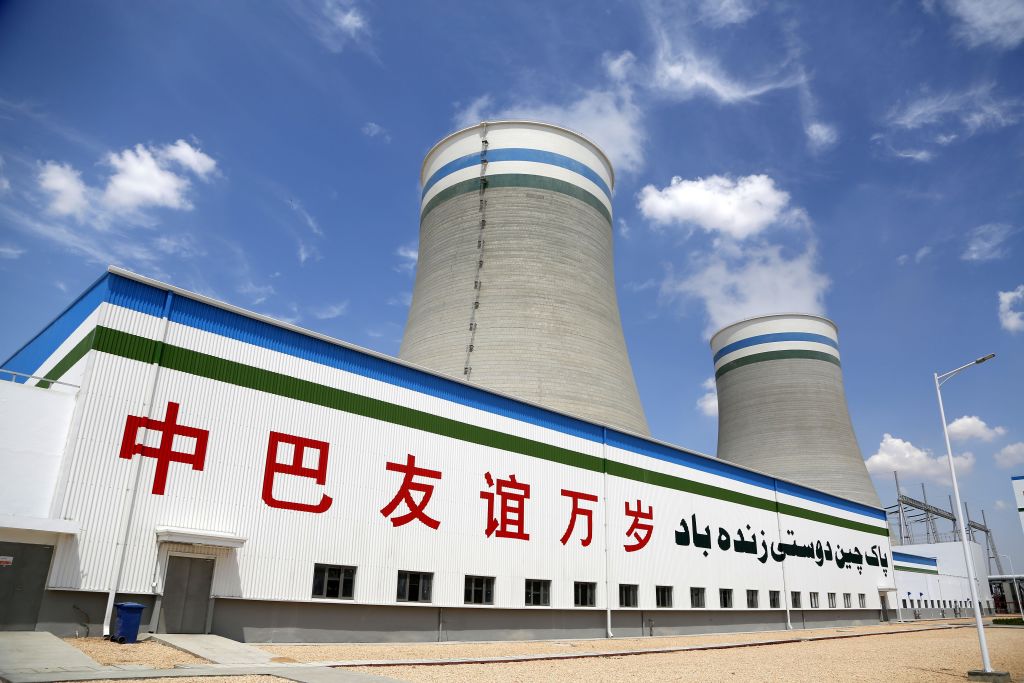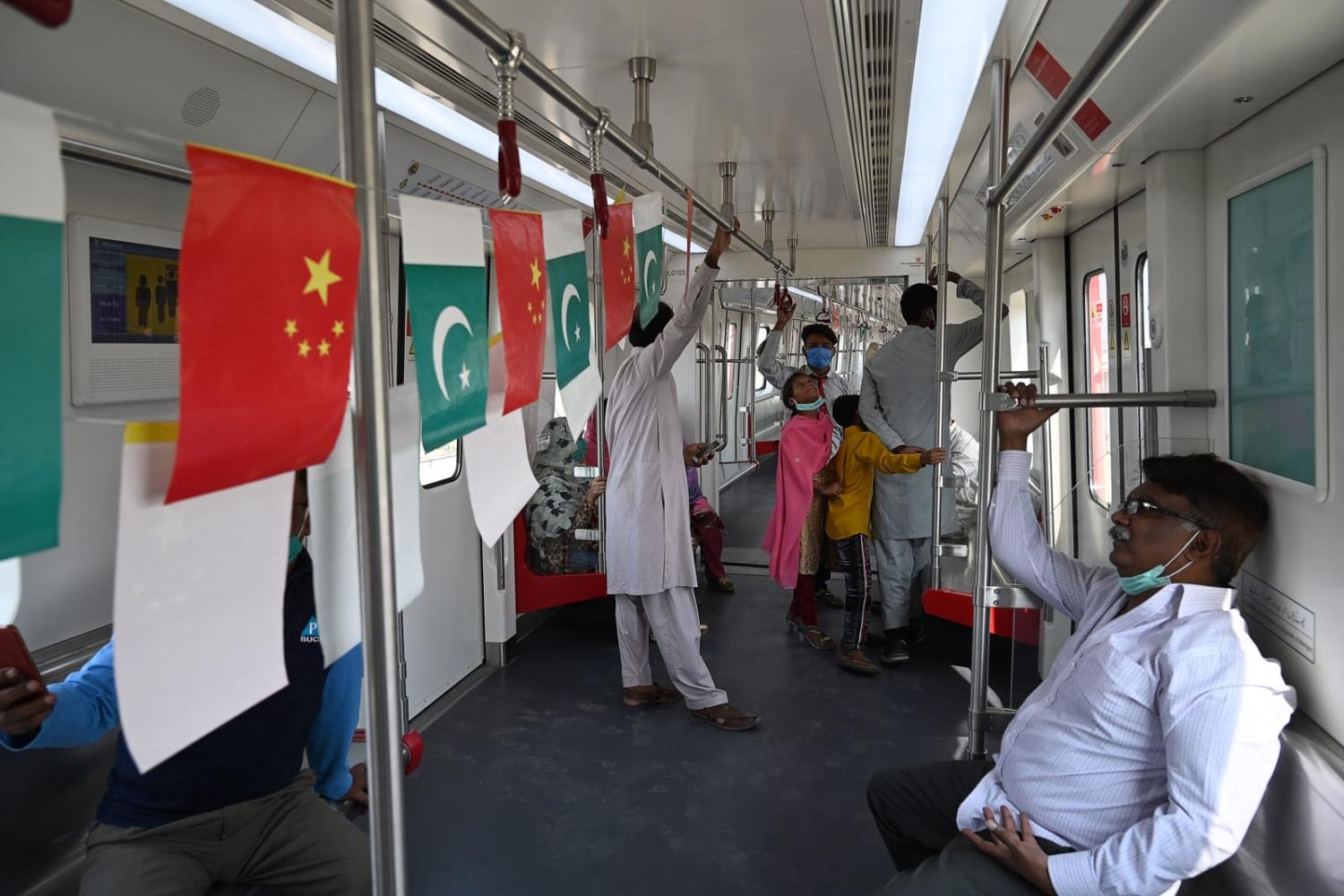A flagship for China’s much-vaunted Belt and Road Initiative, the $62 billion China-Pakistan Economic Corridor (CPEC) has been underway for a decade. Signed by Pakistan’s then prime minister Nawaz Sharif following a July 2013 meeting in Beijing with China’s President Xi Jinping, the two leaders pledged the now all-too-familiar homilies about the opportunities involved – to steadily move forward and promote integrated interests to achieve common development.
CPEC is indeed ambitious. Realistic? Perhaps the experience over the decade since might be better characterised as one of resistance than progress.
The project is a broad branding for dozens of interconnected efforts, with the construction of highways, railways and energy pipelines from Khunjerab in western China to the Gwadar Port in Pakistan’s Balochistan province. The aim is to open an energy corridor between Central Asia and the Gulf. The hype about CPEC was given a boost by Xi’s visit to Pakistan in 2015, while Sharif billed it as a game-changer.
No doubt the promise was massive. Investment-starved Pakistan has so far reportedly attracted direct investments worth US$25.4 billion from China. Electric power projects under CPEC also fed an estimated 6000 megawatts into the grid for the energy-deficient nation, expanding the transmission network by nearly 1000 kilometres. And witnessed the construction of some 500 kilometres of highways, a huge expansion for the populous but underdeveloped South Asian nation.
But does that match the hype?

Pakistan continues to be mired in chronic economic distress. Even after CPEC investments, there are no signs of an economic turnaround but rather fears of a default on foreign debt obligations. Pakistan’s external debt has increased to $100 billion, with one-third owed to China. Although Pakistan has so far averted the risk of default on its foreign debt obligations by signing a $3 billion deal with the International Monetary Fund when its program was due to expire on 30 June, this only came after a tense eight months of negotiations. Pakistan continues to face an acute balance of payment crisis and depleting foreign exchange reserves.
Locals in Pakistan feel the brunt of this economic turmoil. Inflation increased to 29.4 per cent in June, with food prices up by 40 per cent and transport costs by 20 per cent over the previous year. The poverty rate in the country is forecast to reach an alarming 37.2 per cent. And for all the extra energy the CPEC projects have produced, many Pakistanis are struggling to afford the high electricity prices, just as high fuel prices keep people from travelling on the CPEC-built highways.
This is all because a debt-ridden country with a fragile economy is unable to pay long-term development dividends to the masses. When Imran Khan came to power in 2018, the brakes went on CPEC. The Khan government wasn’t convinced the deal was in Pakistan’s national interest and even alleged the then Chief Minister of Punjab province was taking kickbacks from Chinese companies working on CPEC projects.
Then came terrorist attacks on Chinese nationals and projects, which further stalled CPEC progress. Strategically located, Gwadar Port in Balochistan province is a crucial link yet a security challenge for Chinese nationals. A long-standing local insurgency has morphed to target China’s interests with a string of attacks. In 2018, Baloch rebels claimed an assault on the Chinese consulate in Karachi, a year later an attack on Chinese tourists at the Pearl Continental Hotel in Gwadar, and in April last year a suicide bomber targeted the Confucius Institute at the Karachi University. Last year, a Baloch insurgent group in a video message on social media warned China: “The Baloch Liberation Army guarantees you that CPEC will fail miserably on Baloch land … you still have time to quit Balochistan, or you will witness a retaliation from Baloch sons and daughters that you will never forget.”
It’s not exactly the “win-win” China or Pakistan might have hoped for – or rivals feared.

